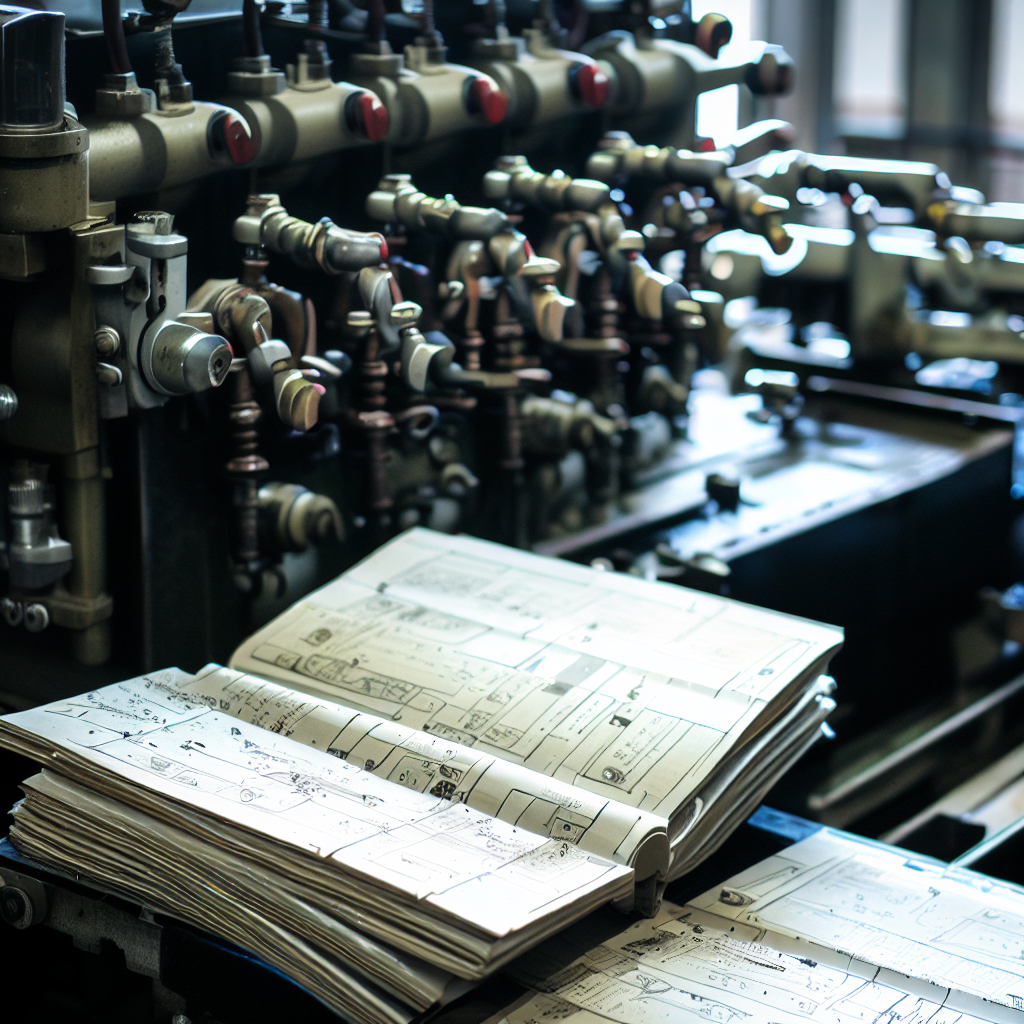In today’s fast-changing world, students need to develop not only academic knowledge but also personal and societal awareness. However, the challenge lies in the limited time available for teaching and the necessity to cover a wide range of subjects. Simply skipping core concepts or reducing the syllabus is not a viable solution. Instead, the focus should be on making the existing syllabus and teaching methods more effective, allowing for the integration of additional aspects of the fast-growing world. This is where education needs to embrace transformation by utilizing new technologies like 3D, AR, and VR. By empowering teachers with these technologies, learning can become easier, more effective, and efficient, providing students with more time to adapt to the changing technological and global landscape.
- Enhancing Engagement and Understanding: Integrating 3D, AR, and VR technologies into the classroom allows for immersive and interactive learning experiences. These technologies can bring abstract concepts to life, making them more tangible and understandable for students. By visualizing complex ideas, students can develop a deeper comprehension and engagement with the subject matter.
- Bridging the Gap Between Theory and Practice: The use of 3D, AR, and VR technologies enables students to bridge the gap between theoretical knowledge and practical application. Through virtual simulations and real-life scenarios, students can gain hands-on experience, develop problem-solving skills, and understand how their learning relates to the real world. This practical approach prepares them to navigate the rapidly evolving landscape with confidence.
- Personalized and Adaptive Learning: Technology integration allows for personalized and adaptive learning experiences. With 3D, AR, and VR, educators can tailor content to meet individual students’ needs, pace, and learning styles. This customization fosters greater student engagement and ensures that each student can progress at their optimal speed, maximizing their learning potential.
- Empowering Teachers: By empowering teachers with new technologies, they can become facilitators and guides in the learning process. Teachers can leverage 3D, AR, and VR tools to create interactive lessons, design virtual field trips, and provide personalized feedback. This shift in the role of teachers from traditional lecturers to mentors and facilitators encourages student-centered learning and fosters a collaborative and dynamic classroom environment.
- Preparing Students for the Future: The integration of 3D, AR, and VR technologies in education equips students with essential skills for the future. These technologies are prevalent in various industries, and by familiarizing students with them at an early stage, they gain a competitive advantage in the job market. Additionally, students develop critical thinking, problem-solving, and adaptability skills that are essential for success in a rapidly changing world.
Conclusion: In order to meet the demands of a fast-changing world, education must transform existing syllabus and teaching methods. By incorporating new technologies like 3D, AR, and VR, educators can make learning more effective, efficient, and engaging. Empowering teachers with these tools allows them to create personalized and adaptive learning experiences, bridging the gap between theory and practice. Ultimately, this transformation enables students to develop the necessary skills and knowledge to thrive in a technology-driven and rapidly evolving society.

